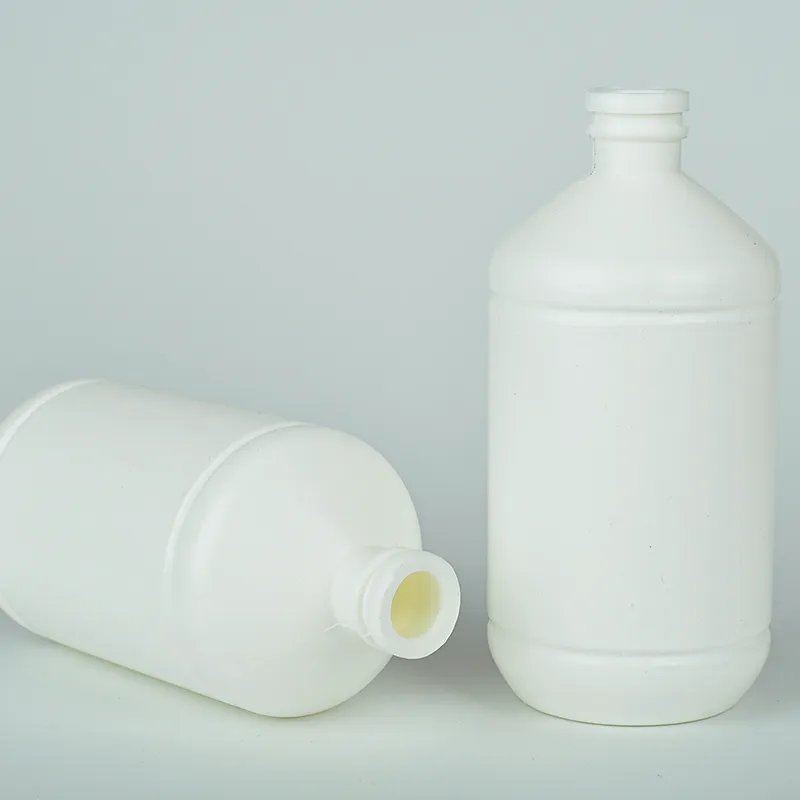Types of Vials for Collecting Blood Samples in Medical Practice
The Importance of Vials Used for Blood Sample Collection
Blood sample collection is a critical procedure in clinical laboratories and medical diagnostics. The quality of the blood samples plays a vital role in the accuracy of laboratory test results, which can significantly impact patient diagnosis and treatment. One of the key components in ensuring reliable blood sample collection is the choice of vials. This article explores the various types of vials used for blood sample collection, their importance, and best practices for ensuring optimal results.
Types of Blood Collection Vials
Blood collection vials come in various types, each designed to serve specific purposes. The most common types include
1. EDTA Vials These are used for hematology tests. The vials contain ethylenediaminetetraacetic acid (EDTA), an anticoagulant that prevents blood from clotting, allowing for accurate counts of blood cells.
2. Citrate Vials Used primarily for coagulation tests, citrate vials contain sodium citrate, which binds calcium in the blood and prevents clotting. These vials are essential for tests that measure how well and how quickly blood clots.
3. Serum Separator Vials (SST) These vials are used for serological tests. They contain a gel that separates serum from cells after centrifugation, allowing for accurate assessments of various substances in the serum, such as hormones and antibodies.
4. Heparin Vials Containing heparin as the anticoagulant, these vials are utilized for various biochemical tests. Heparin is preferred in some scenarios because it provides better results for certain tests than EDTA or citrate.
5. Plain Vials These vials contain no additives and are used for tests that require serum without any anticoagulants. Blood collected in plain vials allows for the natural clotting process to occur, resulting in serum that can be analyzed.
Importance of Choosing the Right Vial
The selection of the appropriate vial is crucial for several reasons
1. Test Accuracy Each type of vial interacts differently with blood components. Using an incorrect vial can lead to hemolysis, clotting, or contamination, compromising test results and leading to possible misdiagnoses.
vials used for blood sample collection

2. Sample Integrity Properly designed vials are manufactured to preserve the quality of blood samples during storage and transportation. They are often equipped with features like closures that prevent contamination and evaporation.
3. Regulatory Compliance Laboratories must comply with various regulations regarding blood sample collection. Using the specified vials for each type of test can help ensure compliance with guidelines from health authorities.
Best Practices for Blood Sample Collection
To ensure optimal outcomes when collecting blood samples, follow these best practices
1. Select the Right Vial Always choose the appropriate vial for the specific tests ordered. Consult laboratory protocols or guidelines to verify vial selection.
2. Check Expiry Dates Always verify the expiry date on the vials before use. Expired vials may not provide accurate results due to changes in additive concentrations or vial integrity.
3. Proper Handling Handle vials with care to avoid contamination. Use gloves, avoid touching the inner surfaces of caps or vials, and ensure the skin is properly cleansed before venipuncture.
4. Labeling Clearly label each vial immediately after blood collection with pertinent information, including patient name, date, time, and type of test. Accurate labeling is essential for tracking samples and avoiding mix-ups.
5. Timely Transport Ensure that collected blood samples are transported to the laboratory as quickly as possible, ideally within the time frame specified for each test type. Delays can affect sample integrity and test outcomes.
Conclusion
Choosing the right vials for blood sample collection is essential for achieving accurate and reliable laboratory results. By adhering to best practices and understanding the types of vials available, healthcare professionals can significantly minimize errors and enhance the overall quality of patient care. Proper blood collection techniques and vial usage not only support effective diagnosis but also pave the way for timely and appropriate medical interventions.
-
Aesthetic Makeup Spray Bottles | Fine Mist Empty RefillableNewsAug.19,2025
-
White Plastic Veterinary Vaccine Vials | Lab Liquid BottlesNewsAug.18,2025
-
Plastic Medicine Liquid Bottle: Secure Flip Top Drug VialsNewsAug.17,2025
-
Durable 250ml Blue Plastic Vaccine Vial for Lab & Vet UseNewsAug.16,2025
-
Sterile Virus Sample Tubes: Secure & Reliable Specimen CollectionNewsAug.15,2025
-
White 250ml Plastic Vaccine Vial for Lab & Vet MedicineNewsAug.14,2025
























